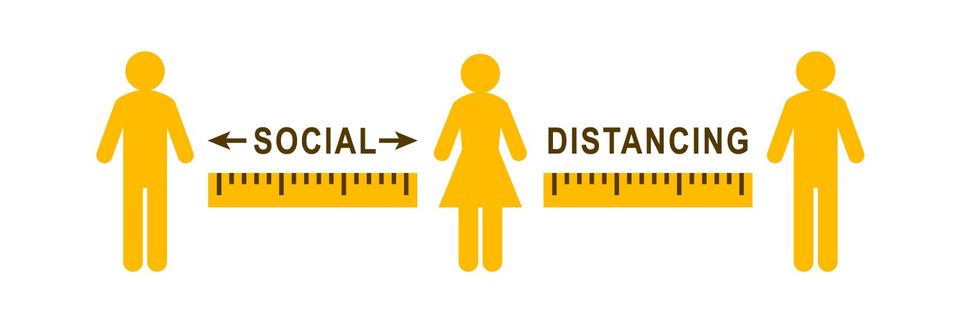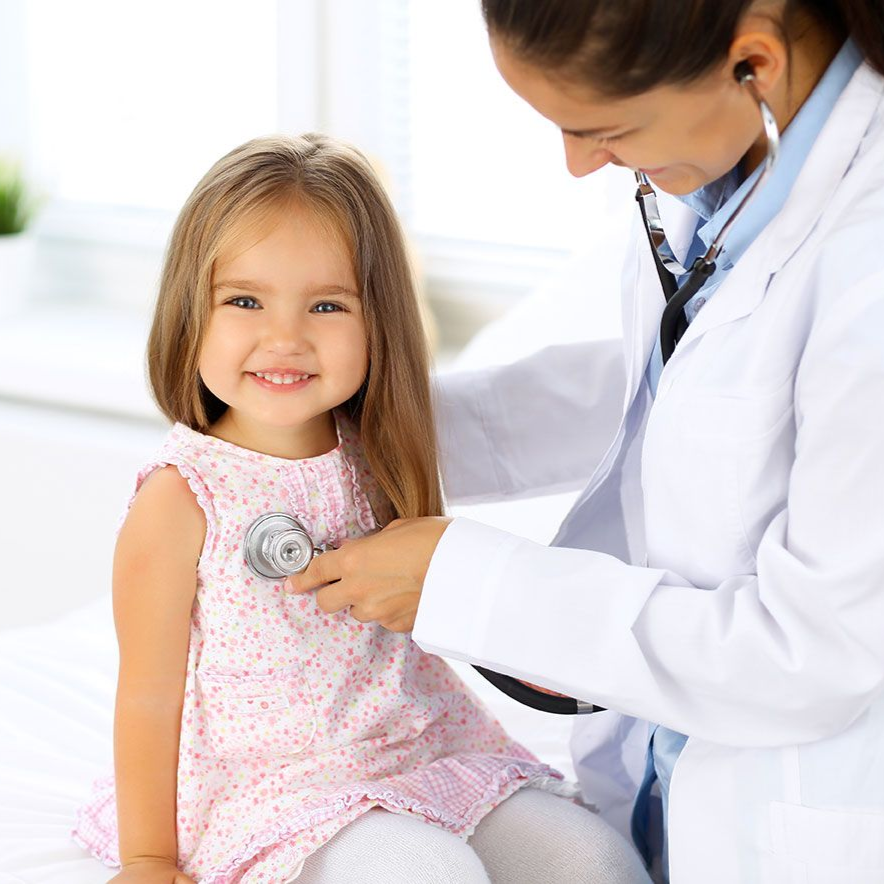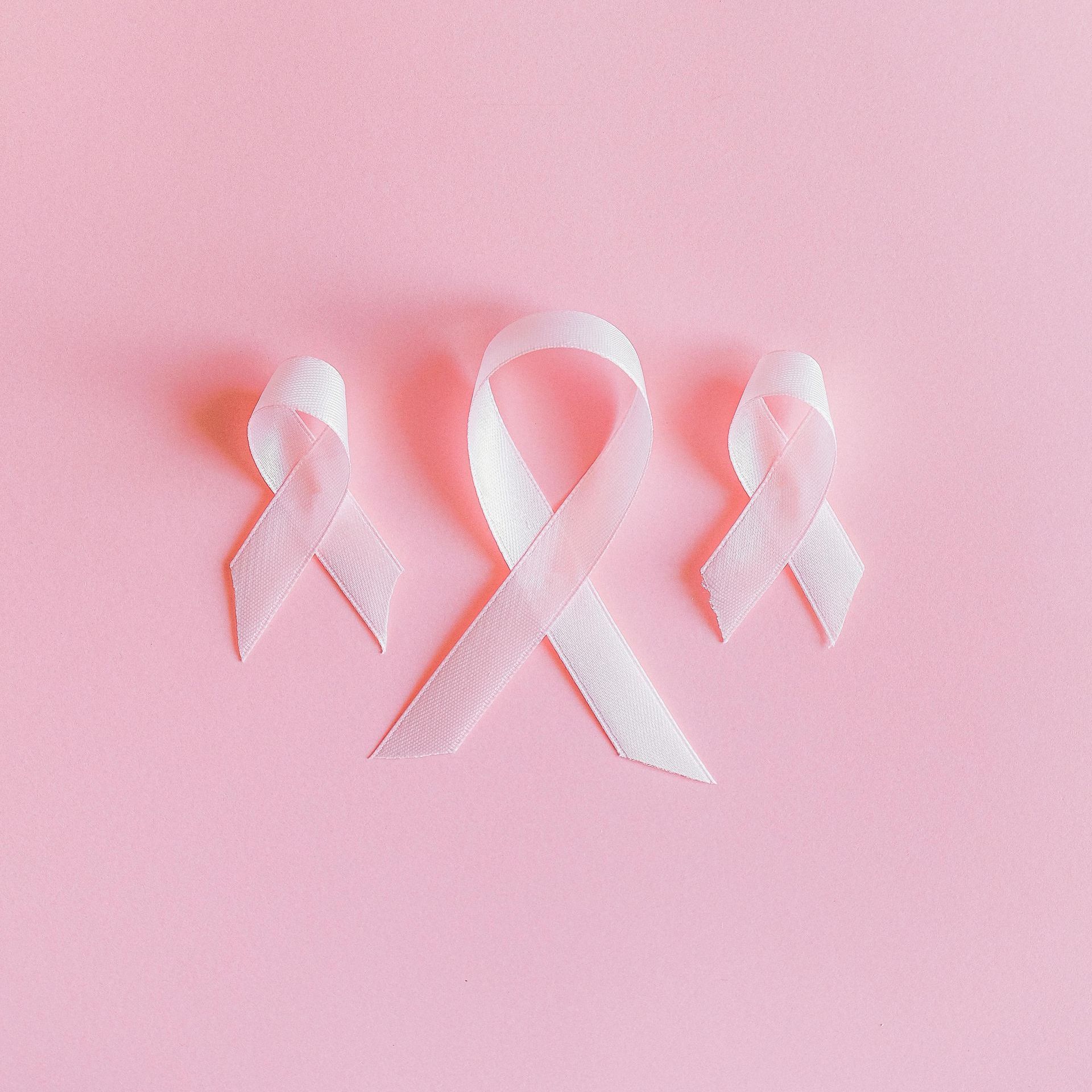How Social Distancing Keeps Your Family and Others Safe
May 28, 2020

The global pandemic sparked by COVID-19, continues to be a serious public health concern as many cities begin to gradually reopen. As the weather warms and families seek some normalcy, it is important to revisit how social distancing continues to keep your family and others safe.
How is COVID-19 spread?
COVID-19 is believed to be spread primarily from close contact with an infected person. When sneezing, coughing or talking, the droplets from the mouth or nose are inhaled by another person which can lead to infection. Transmission may also occur if the virus is on a surface and that surface is touched by someone who subsequently touches their nose or mouth.
What is social distancing?
Social distancing involves staying at least 6 feet away from other people, avoiding crowded places, and staying at home as much as possible. Staying home, with the exception of making essential trips like grocery shopping or going to the doctor, is very important to reduce exposure to the virus. By limiting close contact with other people, exposure to COVID-19 is believed to be significantly reduced.
Why social distancing is important?
Limiting close contact with other people is key to stopping the spread of COVID-19. Schools were closed, stay-at-home orders were issued, large gatherings like concerts and graduations were cancelled all in an effort to minimize the spread. As cities begin to relax stay-at-home orders, it is important to continue to practice social distancing.
For example, while school is out, children should not have playdates. It may be tempting to allow children to play with each other as the weather begins to improve and stay-at-home orders are lifted. However, while children may not be among those at the highest risk for severe COVID-19 complications, infected children with no symptoms can spread the virus to those who are at a higher risk for more serious COVID-19 complications. Large gatherings of more than 10 where social distancing is not possible should also be avoided. For social distancing to work, we all have to be vigilant by following social distancing guidelines.
Pregnant?
Much remains unknown about the effects of COVID-19 on pregnant women. In general, pregnant women experience changes in the body that put them at higher risk for infections. This makes it vitally important to avoid exposure as much as possible. Social distancing, wearing a mask when in public, and frequent handwashing are key to reducing the risk of infection.
COVID-19 is a significant threat to many people and the strategies designed to control the spread should be taken seriously. Limiting face-to-face contact with others is the best way to reduce the spread of COVID-19. Since people can spread the virus before they know they are sick, social distancing is one of the most invaluable tools we have to reduce the spread. Social distancing also helps protect those who are at higher risk for severe illness. For the foreseeable future, COVID-19 will be an evolving public health issue. It will pass, but we all must do our part.

Growing pains are most common in children ages 3–12, especially during periods of rapid growth. While the exact cause isn’t fully understood, many doctors believe they are related to increased physical activity and the stretching of muscles and tendons during growth spurts, not growth of bones themselves.

Thanksgiving is a cherished tradition, an opportunity to gather with family and friends to celebrate gratitude for the many blessings in our lives. Whether you're traveling to visit relatives or hosting a festive dinner at home, preparing for Thanksgiving can be a joyful yet daunting task, especially for parents.








